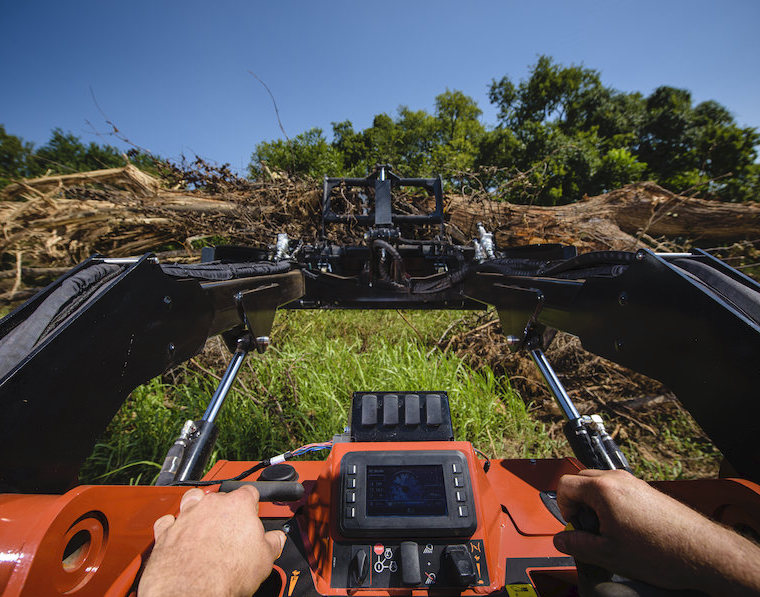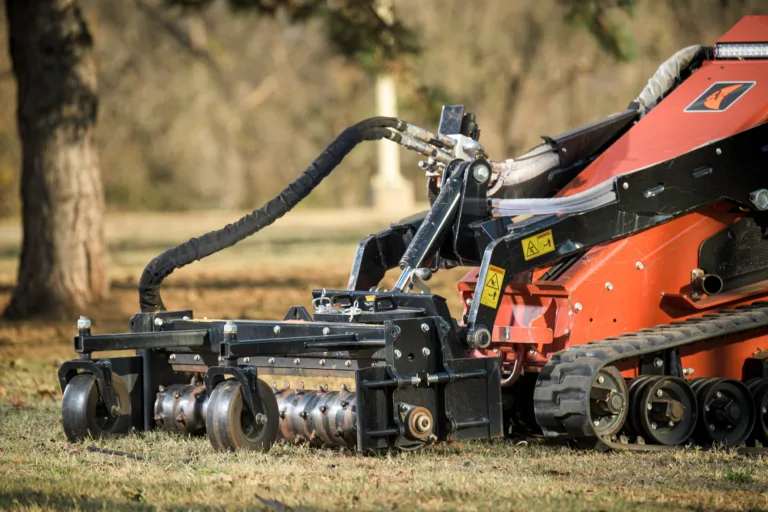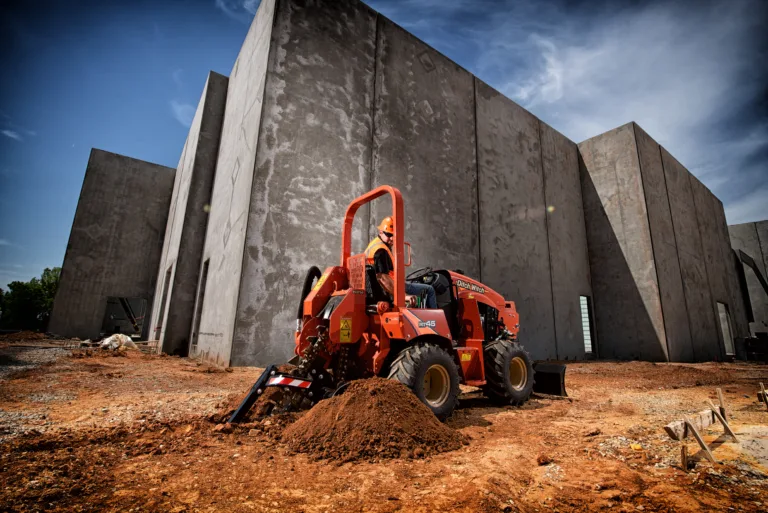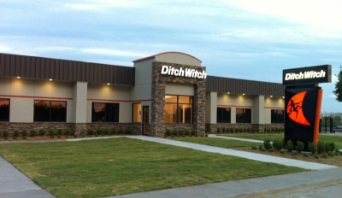By Brant Kukuk
As many arborists and tree care professionals know, staying efficient on tight, compact jobsites is the key to success. On such jobsites, stand-on skid-steers have become a natural solution for many industry professionals. With their compact footprint, 360-degree visibility and versatile attachment options, stand-on skid-steers are a perfect match for the diverse urban challenges arborists and tree care professionals face every day. And now they are built more powerfully than ever.
With this added power, stand-on skid-steers are being used to conquer more tree care challenges. Here are four jobsite challenges that arborists and tree care professionals can solve through the power, visibility and versatility of stand-on skid-steers.
1. The need for power
In tree care, some of the most difficult and demanding jobs are related to removal. Tree and stump removal projects often require a lot of heavy lifting, pulling, pushing and maneuvering large amounts of debris. And with crews often on tight schedules, they want to make as few cuts as possible in order to make the resulting debris moveable. That’s why tree care professionals expect more power from their machines. If a machine can move larger pieces of debris, operators can cut less and move to the next job more quickly. Today we see stand-on skid-steers used for tree removal jobs because they can offer the necessary power to be successful.
2. Convenience equals efficiency
There are a lot of moving parts and potential hazards on the typical residential tree care jobsite. Stand-on skid-steers offer convenience and visibility to crews, helping them to focus on getting the job done efficiently.
A full-size stand-on skid-steer gives operators an unobstructed, 360-degree view of the jobsite. With tree care professionals often working in yards, the increased visibility helps contractors avoid obstacles such as fences, homes, gardens and more so they can continue to work confidently and efficiently.
Furthermore, operators can quickly jump on and off stand-on machines whenever needed. This is especially important in the tree care industry as crews are often made up of only two people – a cutter and an operator. With the simplicity of the easy-on, easy-off platform, the operator can transition as needed between helping the cutter with his or her responsibilities and operating the machine
This freedom to alternate jobs, in effect, nearly adds another worker to these small crews. In an industry that is as efficiency-driven as tree care, that’s a big perk.
3. Maneuvering a challenging and fragile jobsite
Another challenge for the tree care industry is simply the average jobsite. Operators are often working on projects in residential areas where the jobsite is confined and tight. To further complicate matters, these jobsites often require extra care not to damage a homeowner’s lawn, existing landscaping or hardscape structures. Here, operators need to be aware of a variety of issues that can cause costly downtime as well as equipment or property damage.
With their maneuverability and narrow and compact design, stand-on skid-steers allow tree care professionals the ability to maneuver around obstacles and through fence gates with ease. This helps expedite tree removal tasks where operators are constantly moving in and out of yard carrying tree material.
Plus, when working in yards or on landscaping projects, operators need to be careful not to tear up the ground or compact the soil too much. To keep lawns unscathed, tree care operators often work in reverse, dragging cut-down trees to prevent damage. Today’s stand-on skid-steers have the operating capacity to haul larger trees, while the 360-degree visibility allows operators to confidently run the machine in reverse. Stand-on machines also have the same ground speed going forward as they do going in reverse – another efficiency tree care professionals see in their use of stand-on skid-steers. Stand-on skid-steers are lighter as well, creating less ground pressure on residential yards.
4. Variety of tasks solved with versatile solutions
The tree care industry faces variety of needs outside of just tree removal. Stand-on skid-steers offer the use of attachments to tackle jobs beyond just hauling downed trees. The versatility of stand-on skid-steers is leading them to be used in many other earth-moving, tree-care-related projects such as digging, relocating and installing trees.
Whether operators are looking to make fewer cuts, auger a hole or install a new tree, stand-on machines have at least 10 interchangeable attachments that are beneficial to tree-care-related tasks. Each of these attachments is easily fitted onto a machine, allowing tree care professionals to quickly switch in the field.
This simplicity and versatility means that tree care professionals only need to bring one machine to a jobsite. And because many of these professionals must move between jobsites quickly, reducing equipment transport requirements provides added convenience and efficiency.
Working with heavy tree material on tough jobsites can present a lot of pain points. However, a full-size stand-on skid-steer is built with the power, versatility and maneuverability needed for future success in the tree care industry.
Brant Kukuk is compact equipment product manager at Ditch Witch.






